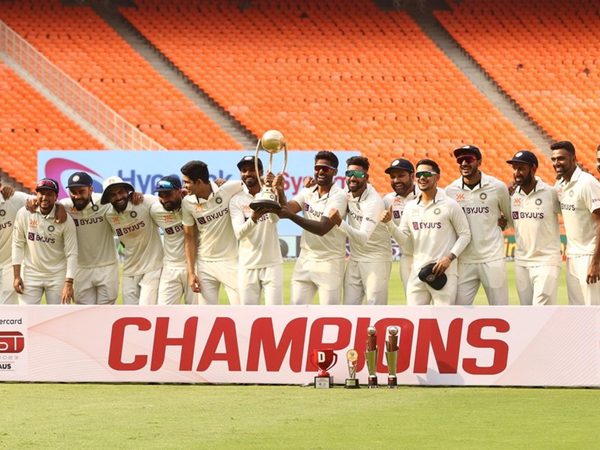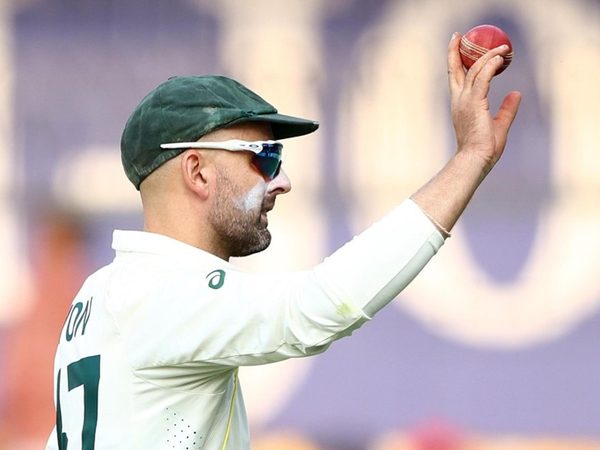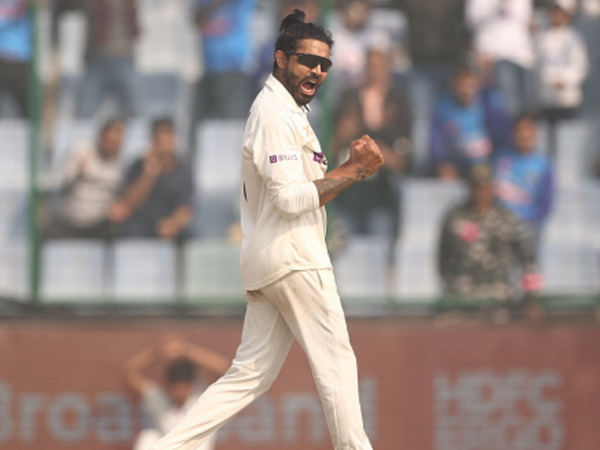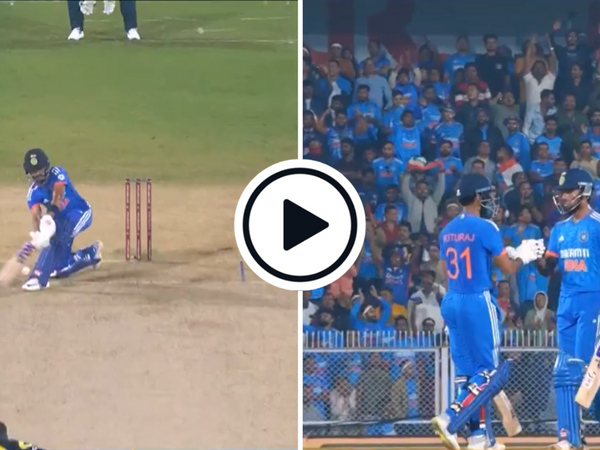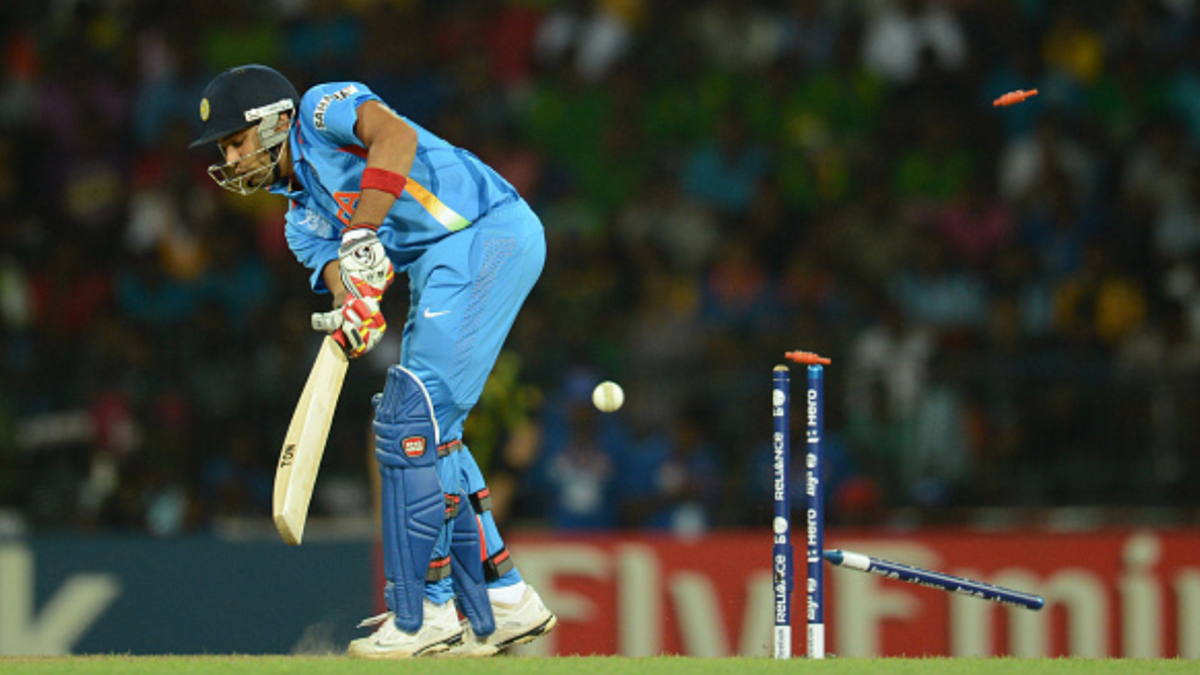
Rohit Sharma is a modern-day legend but during the first half of his career, you almost wondered if he would end up being another talent who was unable to do justice, writes Sarah Waris.
Virat Kohli once re-lived his early memories of watching Rohit Sharma bat during the 2007 T20 World Cup. Yet to make his debut, Kohli admitted to feeling curious about the new player who had become the talk of the town: “I was a young player too and I was curious to know about the player everyone was talking about. Why wasn’t anyone talking about me?”
However, watching him bat left him spellbound. “When you saw him play, you understood what people were talking about. I was amazed when I saw him bat.”
Kohli debuted in 2008, a year after Rohit, and his consistency soon overshadowed the immense potential of the Mumbaikar.
For the first five years of his career, Rohit was consistently inconsistent, averaging 30.43 in 86 ODIs and 29.50 in 35 T20Is. His strike rate of 128 in the shortest format did not help matters. He was yet to make his Test debut.
Kohli, on the other hand, had already won a World Cup, had taken on Lasith Malinga in Australia, and made a magical 183 against Pakistan at the Asia Cup.
Until the end of 2012, Rohit had made two hundreds and 12 fifties, scoring 1,978 runs in 86 ODIs. Both his centuries were in 2010, against Zimbabwe and Sri Lanka. He averaged 21.44 against Australia, 25 against England and 15 against South Africa; and 26.30 away from home (though that rose to 45.81 in India).
Critics pointed out the flaws in his game: he struggled against pace and seam movement. A string of low scores in December 2012, when he made 17 runs in six innings, threatened to be the final nail in the coffin.
From 2007 to 2012, only six India batters played more ODIs than Rohit. His average of 30.43 was the worst among all players from the country with a minimum of 1,500 ODI runs in this duration. Only nine other players in the world averaged worse across 1,500 or more runs, including Hamilton Masakadza and Elton Chigumbura of Zimbabwe, and Tamim Iqbal, Mushfiqur Rahim and Mohammad Ashraful of Bangladesh.
In the competitive world of Indian cricket, there is seldom a dearth of youngsters vying for one spot. The seemingly unlimited chances offered to Rohit despite his subpar returns led to accusations of favouritism. It was not that he was being selected for every series (he was left out of, for example, the 2011 World Cup squad); but in bilateral series, when the opportunity presents itself for the management to give new contenders a go, the persistence with Rohit was inexplicable.
No omission was as glaring as Manoj Tiwary’s. Having made his debut in 2008, he played five ODIs over the next three years, having been sidelined due to the preference given to Rohit. A domestic giant, Tiwary earned international fame after a fighting unbeaten 104 against the West Indies in 2011. Tiwary, having got a chance after an injury to Rohit, battled cramps and intense conditions to top score for his side in Chennai. He eventually had to retire hurt, but had seemingly done enough to retain his place for the upcoming CB Series in Australia.
Yet, it was not to be. Having cleared his fitness test for the tour, Rohit made a comeback to the XI for the first game Down Under as Tiwary was benched again. Rohit ended up scoring 79 runs in five games in the tri-series, which also featured Sri Lanka. That year, Rohit played the third-most ODIs (14) among Indians but averaged a poor 12.92. Tiwarty, on the other hand, played six more ODIs in his career.
Throughout the run, he had captain MS Dhoni’s unflinching support: “He is someone who can score big but he needs to give himself a bit more time. We all know once he gets in he is someone who has the ability to play all kinds of shots and can hit all around the park.”
Then came 2013, the year where Rohit turned things around. This was the year that thrust him towards the pantheon of legends. During the Champions Trophy in England, Dhoni pushed Rohit to open alongside Shikhar Dhawan, thus laying the foundation for one of the greatest ODI opening pairs of all time. India had been struggling to find a reliable duo at the top since the 2011 World Cup: they had tried out nine different pairs without much success since both Gautam Gambhir and Virender Sehwag had fallen out of favour.
For someone who looks to get his eye in before playing his shots, Rohit took to the role like a duck takes to water. His ODI records underwent a transformation as his average as an opener propelled to 52.15 in the next 18 months. He struck 10 fifties and three hundreds, including two double tons over in this period. Since then, Rohit has opened 114 times, averaging 59.19, to emerge as one of the greatest ODI batters in history.
Rohit’s ODI success spilled over to T20Is as well, and led to his Test debut in November 2013. He scored a hundred in each of his first two Test matches, but his career in the format failed to take off thereafter. Till the end of 2016, Rohit averaged just 37 in Tests, and 26.3 away. He played 21 Test matches in this period, with India not shying away from giving him opportunities, even at the cost of senior stalwarts on occasions.
He came in place of Cheteshwar Pujara during the third Test in West Indies in 2016, because Kohli, then captain, believed that Rohit could “change sessions.”
In 2018, Rohit, who had not played three Test matches since late 2017, was a surprise inclusion over Ajinkya Rahane for the Cape Town Test. He made 11, 10, 10 and 47 in the series, and was dropped from the England tour that followed.
Former chief selector MSK Prasad, head coach Ravi Shastri and skipper Kohli, however, never lost hope in his ability to dominate the Test circuit, and he was given an extended rope in 2019.
After being dropped from the England Test tour in 2018, Rohit Sharma had tweeted: The sun will rise again.
Since then, he has scored 1568 runs @ 56, and it's fair to say his determination has paid off.🔥👏#RohitSharma #ENGvIND pic.twitter.com/9akSjVlIXU
— Wisden India (@WisdenIndia) September 15, 2021
Fast forward to 2023, and Rohit is arguably one of the finest all-format batters in the world. It might have taken a shove for him to reach the pinnacle, but the selectors, the captain and the management had spotted a star amidst the rubble and never backed away. His successes are as much his as it is theirs. It is a unique story of a player who was once on the verge of walking away into oblivion but only Rohit could have turned that around in this manner. Players destined for greatness do that.

